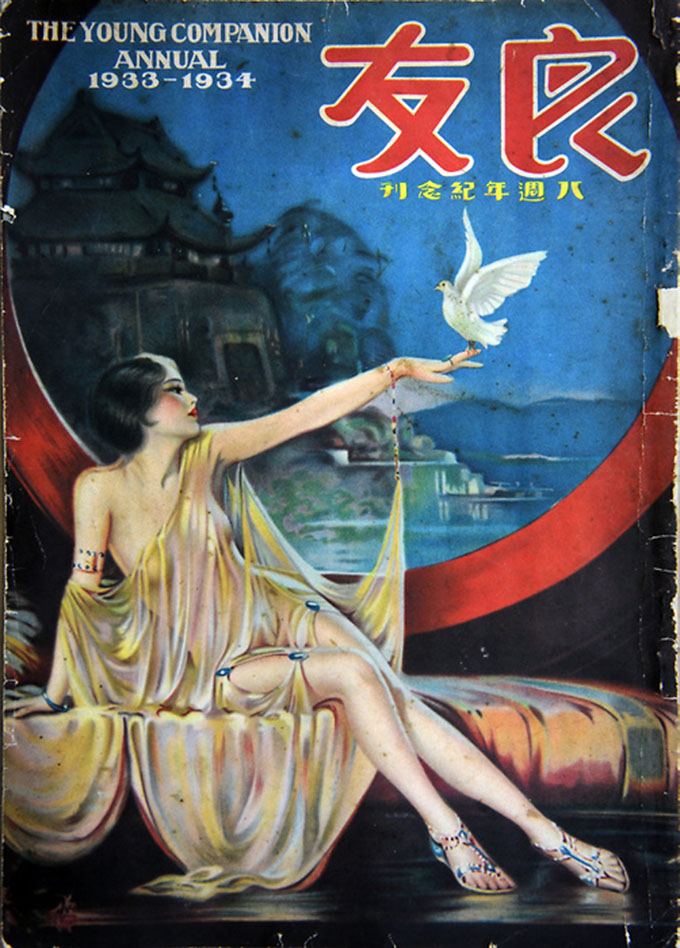Appeared in the early years of the 20th century and being one of the most popular magazines in China at that time, “Liang You” (internationally known as “The young companion”) had too few documents with the exact origin so that the postpartum generation can learn and research. One of the rare useful sites about this magazine is Wikipedia.This website provides relatively complete information about the origin of the newspaper, its history and its journey through 172 issues and its four editors.After the newspaper stopped publishing, there were many attempts to bring the newspaper back to the public and bring it abroad but were unsuccessful and until now there are not many specific sources of information about each article published in each issue. . However, the site has provided impressive cover images that brought to the magazines uniqueness and success. There are also attached links and related documents about the women appreared on the covers which gave an insight their stories and backgrounds.
Reference:
https://wikivisually.com/wiki/The_Young_Companion#cite_note-brill-4





